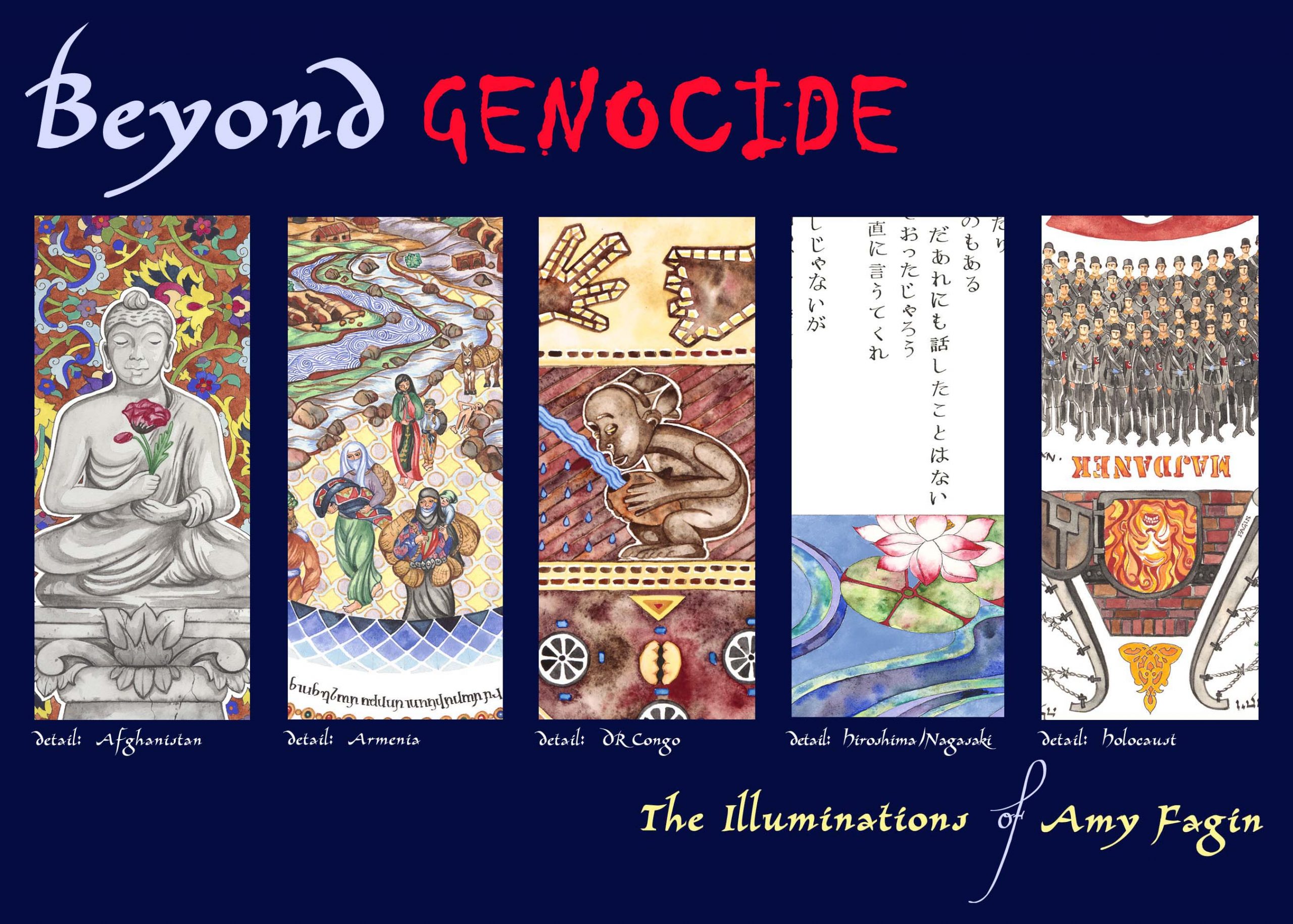The Herero people of Namibia endured a near extinction of their existence as a group early in the 20th century at the hands of German colonialists. The Herero were exclusively a cattle rearing tribe which developed an overarching ritual life centered around raising cattle. Dispossession of the Herero’s choice cattle land as well as blatant exploitative and abusive business and policy practices by the Germans incited deep resentment among the Herero as well as most of the other regional tribes. In 1904, resentment boiled into a revolt by the Herero against German occupiers. The rebellion was crushed, and gave the German army the chance to ”annihilate the natives”. After the battle of Waterberg was lost by the Herero, the tribe was flanked into the Omaheke desert, only to perish by the tens of thousands. The survivors were subsequently exterminated with the order of the”Vernichtungsbefehl” (extermination order) issued by the newly appointed general of the region: Lothar von Trotha. An estimated 80 percent of the Herero population was annihilated during this period of Namibian history. This powerful composition crystalizes the dramatic story of the Herero people under German colonial rule at the dawn of the 20th century. Detail and overall composition evoke a sense of integrity, commemoration and ressurection.

